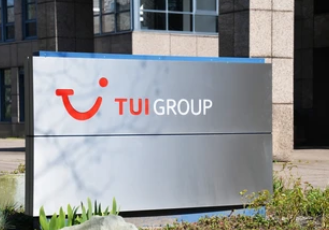
Charlie Brooks
Feb 13, 2023 14:04

A recent rise in Canada's shareholder activism faces a reality check next month when a new law that offers more rights to investors to pick board nominees will be put to the test and could spark more campaigns this year, attorneys warn.
Canada's regulatory climate is ideal for activists, but it has failed to draw large numbers of activists to its shores.
The country has behind the rising trend of activism seen globally, but that could be set to change, lawyers believe. Data from Insightia, a brand of Diligent, revealed that 53 Canadian corporations faced activism campaigns in 2022, a 17.8% increase over the previous year, compared to a 10.6% increase to 511 in the United States.
Last August, Canada updated federal legislation allowing investors to vote 'for' or 'against' any director nominated to a company board. Previously, shareholders could merely vote 'for' a candidate or 'withhold' their vote, meaning a majority was not legally a need.
While not established in law, majority voting was widely implemented by firms in their policy, previous to the change. According to attorneys, directors were not previously required by law to retire if they failed to achieve a majority of "for" votes.
"If I were an activist, this makes things easier," said Heidi Reinhart, partner at Norton Rose Fulbright.
Reinhart said if an investor suddenly calls for a 'against' campaign and collects enough votes, the individual doesn't get elected. "So, I think there will be more focused efforts against specific directors. That gives some leverage to a shareholder," Reinhart remarked.
While the rule change came in August, lawyers note that this is the first proxy season where the amendment will be tested.
Next month, Luxor Capital Group and Sandpiper Group's activist campaigns against Ritchie Bros (NYSE:RBA) Auctioneers and First Capital Real Estate Investment Trust (REIT), respectively, will be subject to investor scrutiny.
Luxor opposes Ritchie Bros' $6 billion acquisition of IAA (NYSE:IAA) Inc, whereas Sandpiper seeks to restructure the board of First Capital REIT.
After losing an average of 17.23% in 2022, activist hedge funds are expected to be further emboldened after betting on global M&A deals netted them an outsized 8.5% gain in January, making them the best-performing strategy for the month.
When it comes to wins and losses, however, only 22% of public activist demands in Canada were at least partially satisfied in 2022, lower than 26% in the U.S. and 34.1% in Europe, according to Insightia.
Canadian campaigns were more successful in the preceding four years, with a rate of 34% in 2021 and 43% in 2018.
A rise in activism is anticipated to promote deal transparency and boost stock performance.
In the case of Elliott Investment Management asking for a strategic review and board changes at Suncor Energy (NYSE:SU) Inc, for example, the stock has increased by 56% since April, when the activist first revealed its engagement.
In comparison, Canadian energy equities climbed 3.14 percent during the same time period.
And oil and mining corporations could continue to be the industry that faces agitation, warn market participants.
"There are a lot of resource firms (in Canada) and those industries typically face dislocation and they're often encountering issues in their business," said Adam Givertz, partner at legal firm Paul Weiss.
"Those issues, (even) if they're a reputable corporation, can attract the attention of an activist."

Feb 13, 2023 11:56

Feb 14, 2023 16:58